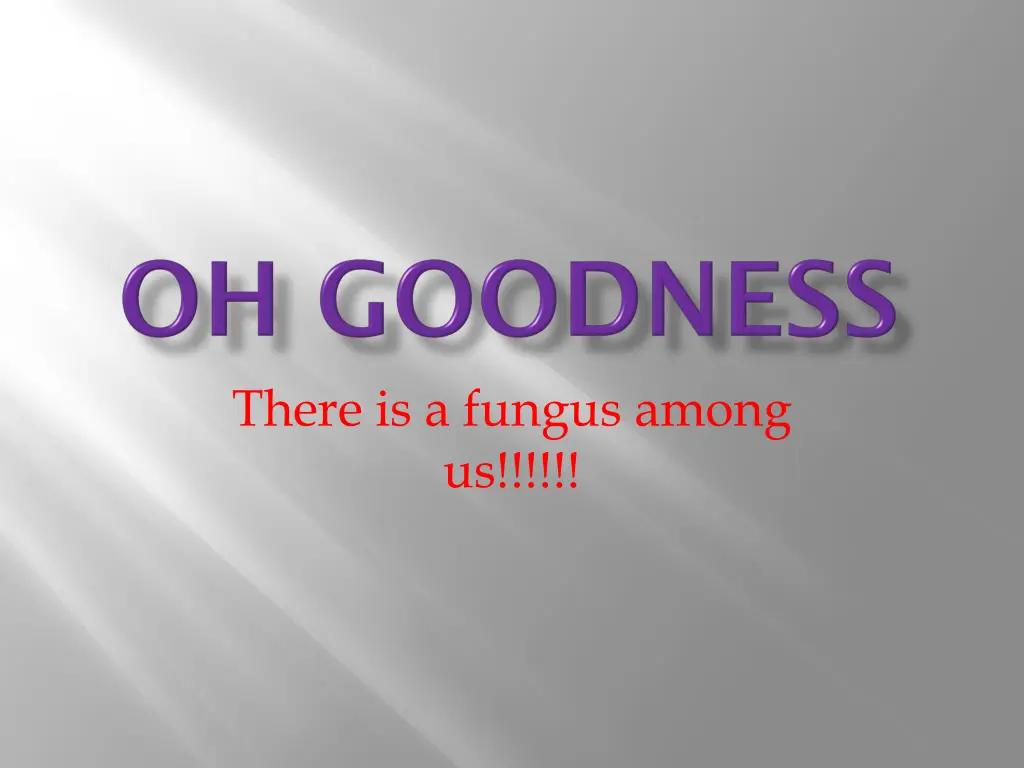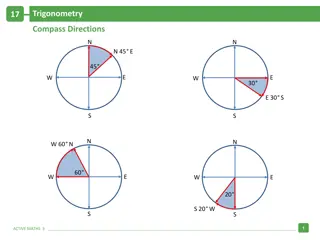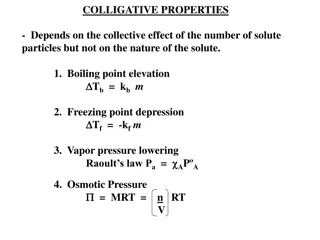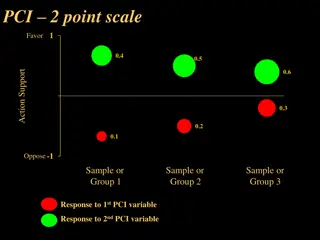
Fascinating World of Fungi
Explore the diverse characteristics of fungi, from their eukaryotic nature to their absorptive heterotrophic lifestyle. Learn about their filamentous structures, reproductive methods, and unique relationship with other organisms. Discover how fungi differ from animals and plants in terms of obtaining nutrients and synthesizing carbohydrates. Delve into the intriguing world of septa and hyphae in fungal structures.
Download Presentation

Please find below an Image/Link to download the presentation.
The content on the website is provided AS IS for your information and personal use only. It may not be sold, licensed, or shared on other websites without obtaining consent from the author. If you encounter any issues during the download, it is possible that the publisher has removed the file from their server.
You are allowed to download the files provided on this website for personal or commercial use, subject to the condition that they are used lawfully. All files are the property of their respective owners.
The content on the website is provided AS IS for your information and personal use only. It may not be sold, licensed, or shared on other websites without obtaining consent from the author.
E N D
Presentation Transcript
There is a fungus among us!!!!!!
A eukaryotic, heterotrophic organism devoid of chlorophyll that obtains its nutrients by absorption, and reproduces by spores.
1. All are eukaryotic Possess membrane-bound nuclei (containing chromosomes) and a range of membrane-bound cytoplasmic organelles (e.g. mitochondria, vacuoles, endoplasmic reticulum). 2. Most are filamentous Composed of individual microscopic filaments called hyphae, which exhibit apical growth and which branch to form a network of hyphae called a mycelium. 3. Some are unicellular e.g. yeasts. 4. Protoplasm of a hypha or cell is surrounded by a rigid wall Composed primarily of chitin and glucans, although the walls of some species contain cellulose. 5. Many reproduce both sexually and asexually Both sexual and asexual reproduction often result in the production of spores. 6. Their nuclei are typically haploid and hyphal compartments are often multinucleate Although the Oomycota and some yeasts possess diploid nuclei. 7. All are achlorophyllous They lack chlorophyll pigments and are incapable of photosynthesis. 8. All are chemoheterotrophic (chemo-organotrophic) They utilise pre-existing organic sources of carbon in their environment and the energy from chemical reactions to sythesise the organic compounds they require for growth and energy. 9. Possess characteristic range of storage compounds e.g. trehalose, glycogen, sugar alcohols and lipids. 10. May be free-living or may form intimate relationships with other organisms i.e. may be free-living, parasitic or mutualistic (symbiotic).
Fungi=absorptive heterotrophs Animals=phagotrophic heterotroph Heterotroph (chemo-organotrophs): an organism incapable of synthesizing carbohydrates from inorganic sources; requires preformed organic compounds produced by other organisms Plants=autotrophs
Cylindrical, branching filaments composed of a tubular cell wall filled with cytoplasm and organelles Most fungal hyphae are 2-10 m diameter
Septaregular cross-walls formed in hyphae. Hyphae with septa are septate, those lacking septa are aseptate or coenocytic. primary septa are formed as a process of hyphal extension and generally have a septal pore, which allows for cytoplasmic and organelle movement. Secondary or adventitious septa are imperforate, formed to wall off ageing parts of the mycelium.
Small genome relative to other eukaryotes Many fungal genes are homologous to those in other eukaryotes Easy to grow, short life cycles Haploid genomes amenable to mutation Sexual stage for analysis of segregation and recombination of genes; all products of meiosis can be retrieved in haploid spores Asexual (clonal) reproduction
Many fungi have the ability to reproduce by asexual and sexual means
Phyla: Chytridiomycota Form motile spores called zoospores Meiosis occurs in resting sporangium Glomeromycota Form spores containing hundreds of nuclei; no known sexual reproduction Zygomycota Form asexual spores called sporangiospores Meiosis occurs in zygospore Ascomycota (including Deuteromycetes) Form asexual spores called conidia Meiosis occurs in ascus Basidiomycota Meiosis occurs in basidium
The vegetative thallus predominates in the life cycle of a fungus The thallus may be haploid (1n), dikaryotic (n+n) or diploid (2n) in different groups of fungi Ploidy of thallus is determined by the timing of these events in the life cycle: Plasmogamy (cell fusion) Karyogamy (nuclear fusion) Meiosis (reduction division)






















